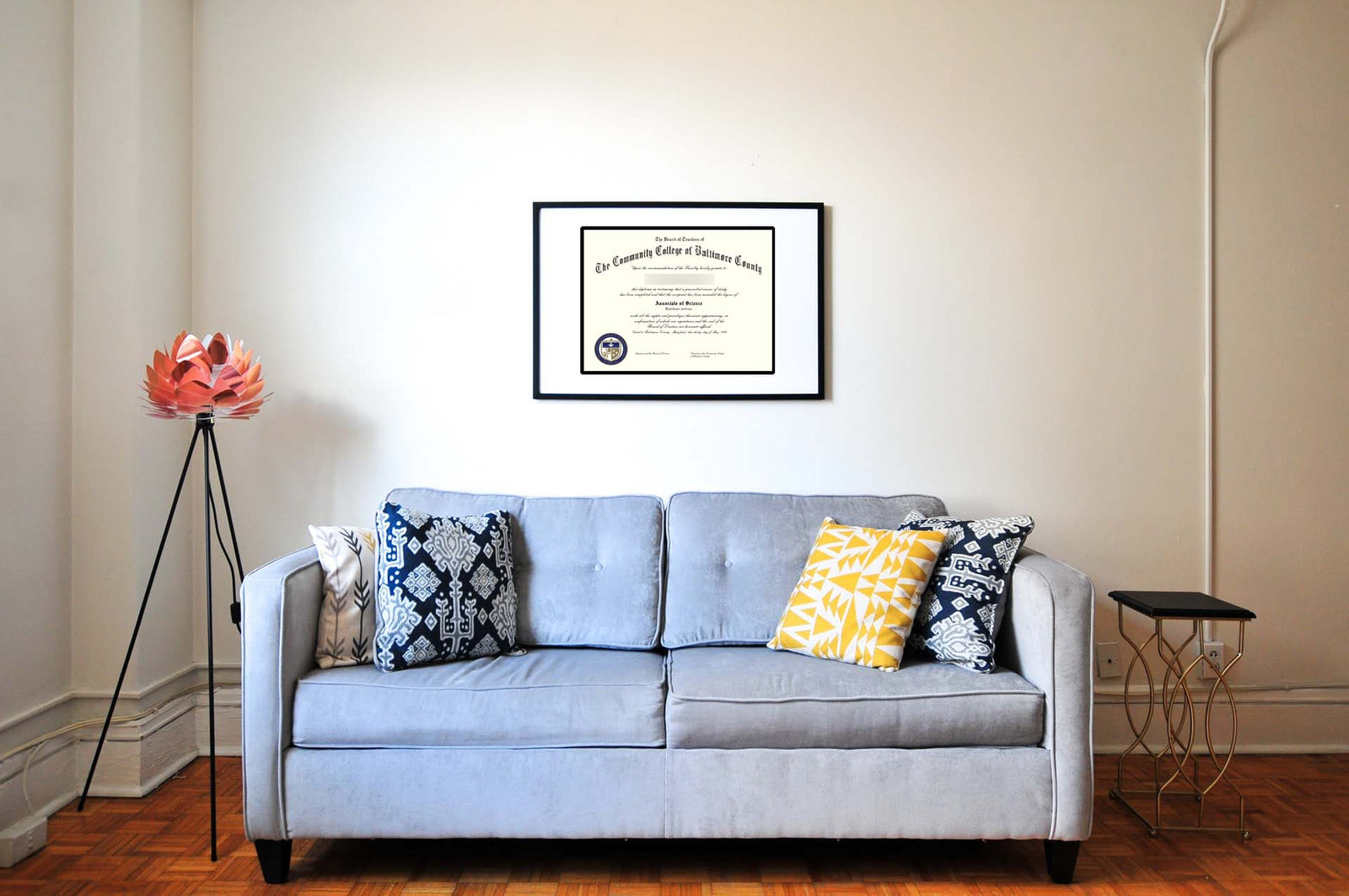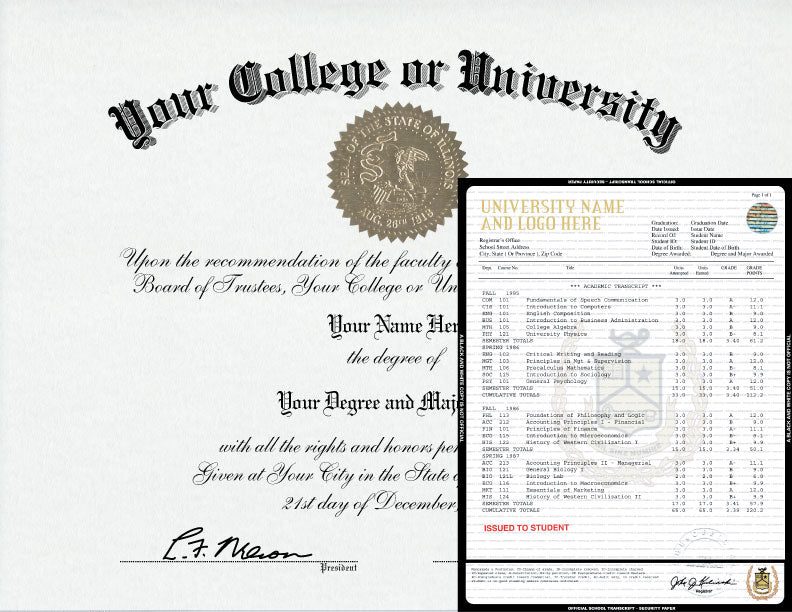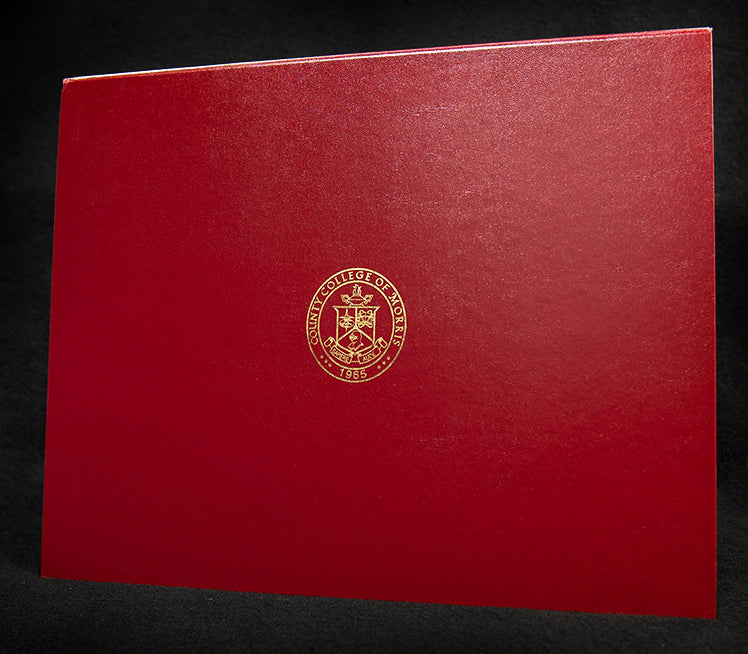Customizing a Fake Diploma: Fonts, Signatures, and Seals Explained

When ordering a fake diploma, customization is one of the most important factors in creating a product that looks realistic and serves its intended purpose. Whether the diploma is for display, gifting, entertainment, or as a replacement for a lost original, small design details—like fonts, signatures, and seals—play a critical role in authenticity.
This article breaks down the essential components of diploma customization, helping you understand how each element contributes to a high-quality final product. If you want to order a replica diploma that looks professional and convincing, this guide will walk you through what to look for and how to get it right.
Why Customization Matters
Not all fake diplomas are created equal. While some websites offer one-size-fits-all templates, the best replica diplomas are those tailored to specific institutions, degree types, and personal preferences. Customization allows for a more personalized and believable product, especially when used in contexts such as props, décor, or novelty gifts. It also offers customers the opportunity to recreate a specific design they may have lost, or to create something aspirational or symbolic.
Customization also ensures the document’s design matches the tone of the institution it represents. An Ivy League school diploma, for example, often features traditional fonts, large embossed seals, and elegant signatures. A technical or trade school, on the other hand, might use a more modern layout and design. Choosing the right customization options allows your replica diploma to reflect the characteristics of the school and degree you’re emulating.
Font Styles: A Key Element of Realism
Fonts are more than aesthetic choices; they are often the first visual clue that a document is official. Most colleges and universities use distinct typefaces that communicate formality, history, or prestige. Selecting the right fonts can make your replica diploma appear more convincing and closely aligned with real documents.
There are typically three font categories used on diplomas:
-
Main Header Font – This is usually the most prominent text on the document, displaying the name of the institution. Many universities use Gothic or Old English-style fonts for this header, especially in traditional or long-established schools.
-
Body Text Font – The degree title, student name, and issuance language typically use serif fonts like Times New Roman, Garamond, or Georgia. These fonts are readable, professional, and widely accepted in academic publishing.
-
Specialty Fonts – Some diplomas use cursive or script fonts for honorary lines, mottos, or ceremonial text. These fonts add elegance and are commonly used to highlight specific honors or Latin phrases.
An experienced diploma provider will offer a range of font choices and help guide you in selecting the ones that best reflect the style of the institution you’re imitating.
Signatures: Authenticity Through Detail
Another critical element of diploma customization is the inclusion of printed signatures. Authentic diplomas typically contain one to three signatures, representing school officials such as the president, registrar, or board chair. These signatures lend a sense of authority and are a defining feature of the document.
High-quality fake diploma providers offer several signature options:
-
Pre-loaded Signature Styles – These are generic printed signatures that resemble real ones, ideal for those seeking a quick and believable solution.
-
Institution-Specific Signatures – Some providers replicate signature styles that closely match those of real institutions for novelty purposes.
-
Custom Signatures – Customers may submit their own names or titles to be used as signatures, offering a humorous or personalized twist on the traditional diploma.
It is important to consider signature style as well. Most diplomas use stylized script fonts for signatures, mimicking natural handwriting. Some providers offer digitally scanned and rendered signatures for an even more realistic look.
Proper placement also matters. Signatures are typically located at the bottom corners of the diploma or centered along the lower edge, often accompanied by the titles of the individuals represented.
Seals: The Visual Anchor of the Diploma
One of the most eye-catching and impactful parts of any diploma is the official seal. Seals add visual credibility and are often the first feature someone notices when viewing a diploma. Choosing the right seal option is essential for realism and presentation value.
There are several common types of seals available:
-
Embossed Seals – These are raised impressions made into the paper, giving a tactile and high-end finish. Embossed seals are ideal for framed diplomas or display copies and are considered a premium customization.
-
Foil Seals – Typically available in gold or silver, foil seals add a metallic shine and are used to mimic the look of official seals used by many universities and colleges. They may be printed or stamped into the document, depending on the provider’s capabilities.
-
Printed Seals – These are flat and non-reflective but can still provide a convincing appearance when designed well. Printed seals are often used for digital documents or budget-friendly replicas.
Some replica services offer institution-specific seals, while others allow you to upload your own seal design. If you’re ordering a novelty diploma for a fictional school or themed office décor, creating a custom seal can add personality and creativity to the document.
Paper Options and Print Quality
While fonts, signatures, and seals get most of the attention, paper quality should not be overlooked. The look and feel of the paper directly influence how authentic the diploma appears. A flimsy, standard printer sheet can ruin even the most well-designed document.
Look for replica providers who offer premium paper options such as:
-
Heavyweight parchment-style paper
-
Textured or linen finish paper
-
Aged paper for vintage-style documents
These details can make the difference between a novelty print and a document that looks like it could belong in a real office or diploma frame.
When Customization Really Matters
Replica diplomas serve many different purposes, and in each case, customization plays a vital role. Actors may need a diploma as a set prop. Entrepreneurs might hang one in a themed office as a humorous conversation starter. Others may wish to commemorate a milestone or goal through a symbolic diploma from a dream school.
In all these situations, a generic print simply won’t do the job. You need a replica that looks the part—one that includes every detail, from font to signature to seal, just as a real diploma would.
Get a Fake Diploma From Hey Congrats
Ordering a fake diploma is about more than just getting a document with your name on it. It’s about creating something visually authentic and tailored to your needs. Whether you’re designing a novelty gift, replacing a lost document for display, or building a custom set piece, the right fonts, signatures, and seals will elevate the final product.
Take the time to explore your customization options and work with a provider that offers detailed control over each element. The result will be a diploma that’s not just fake—it’s a convincing, high-quality replica worth displaying.




